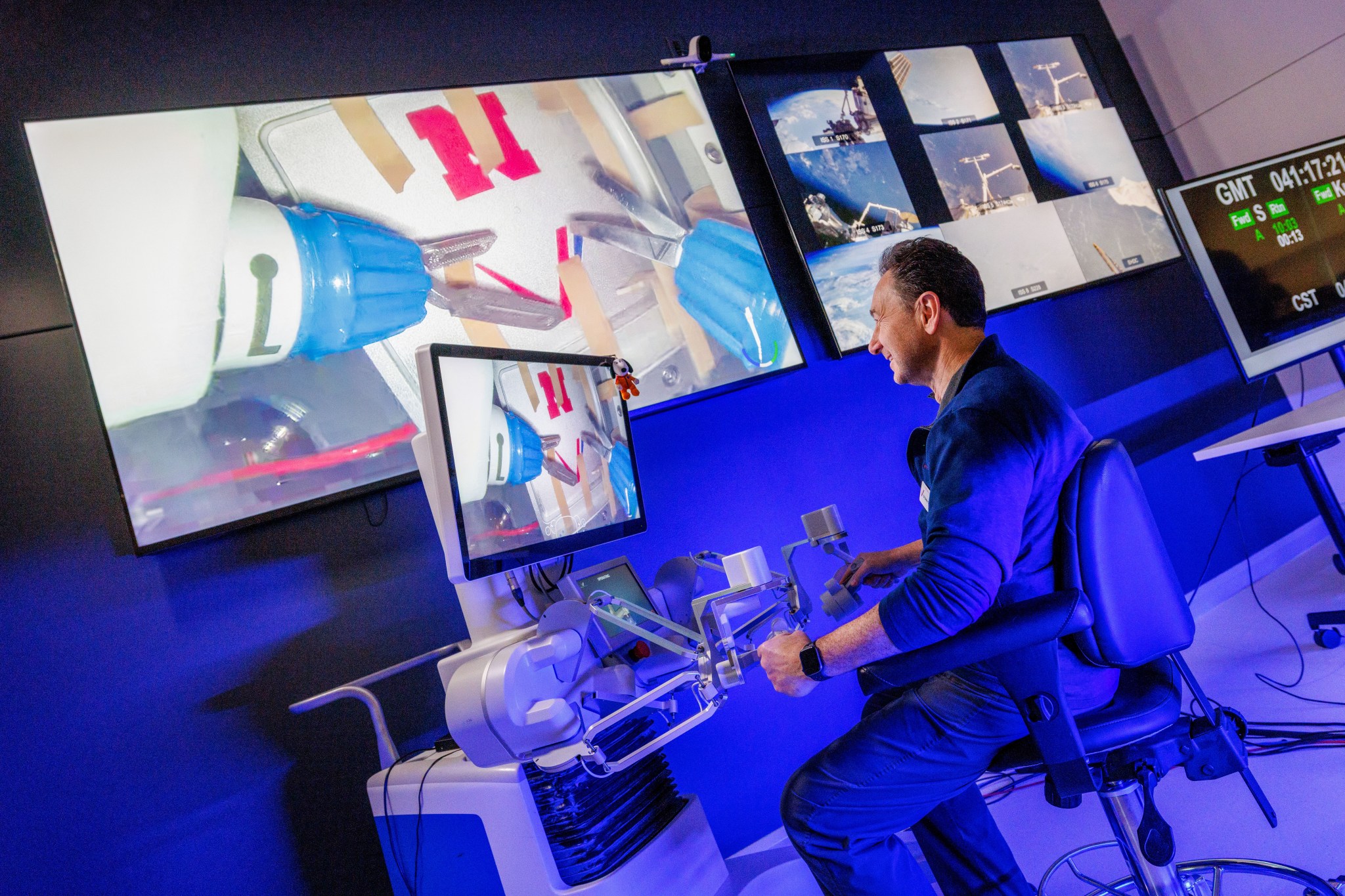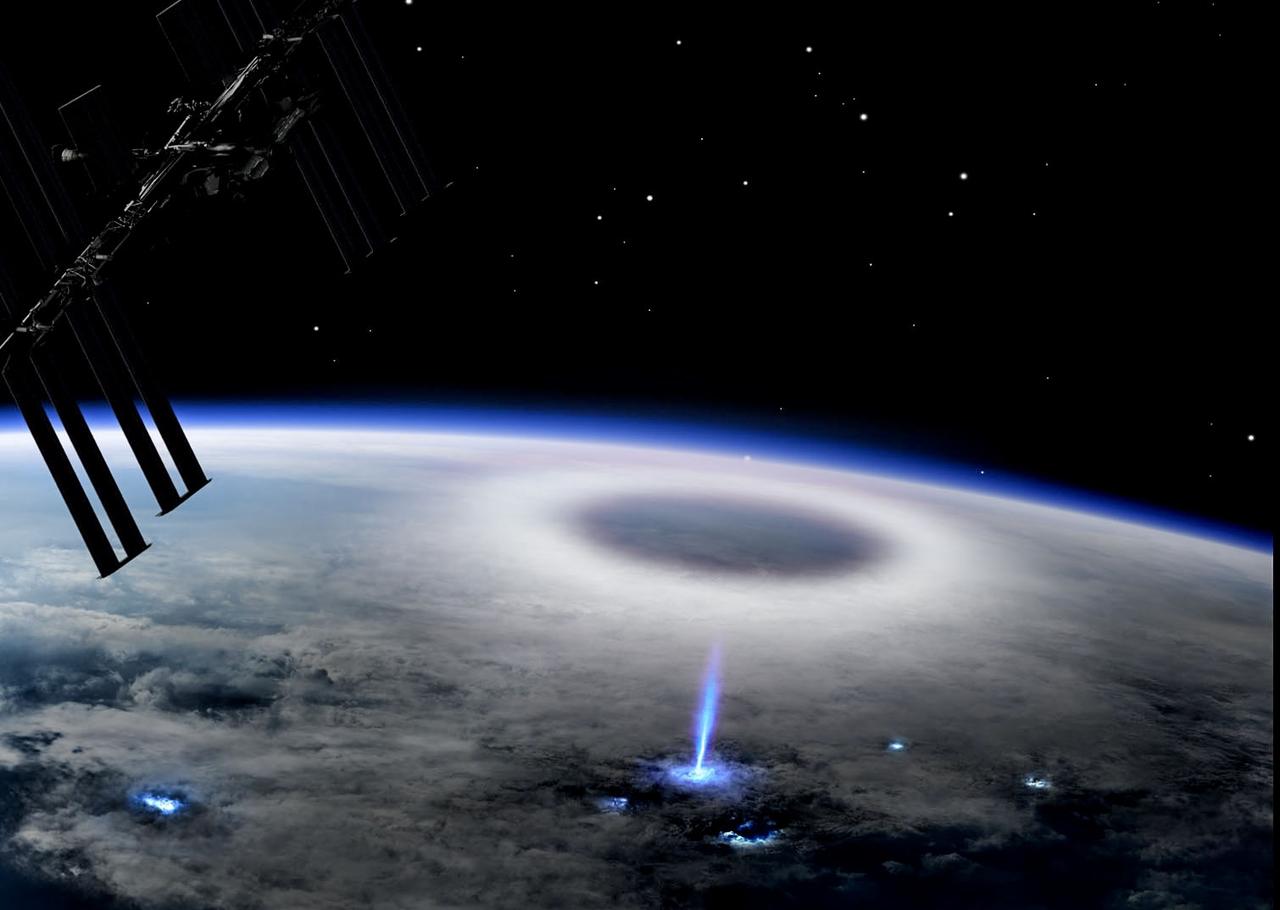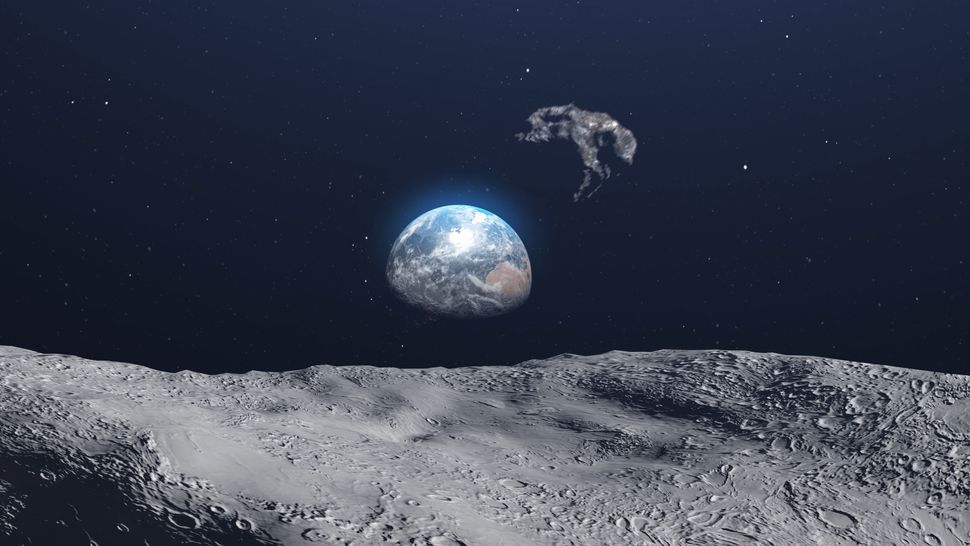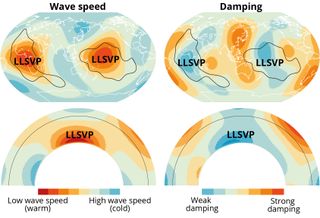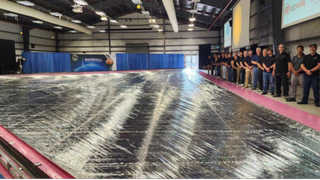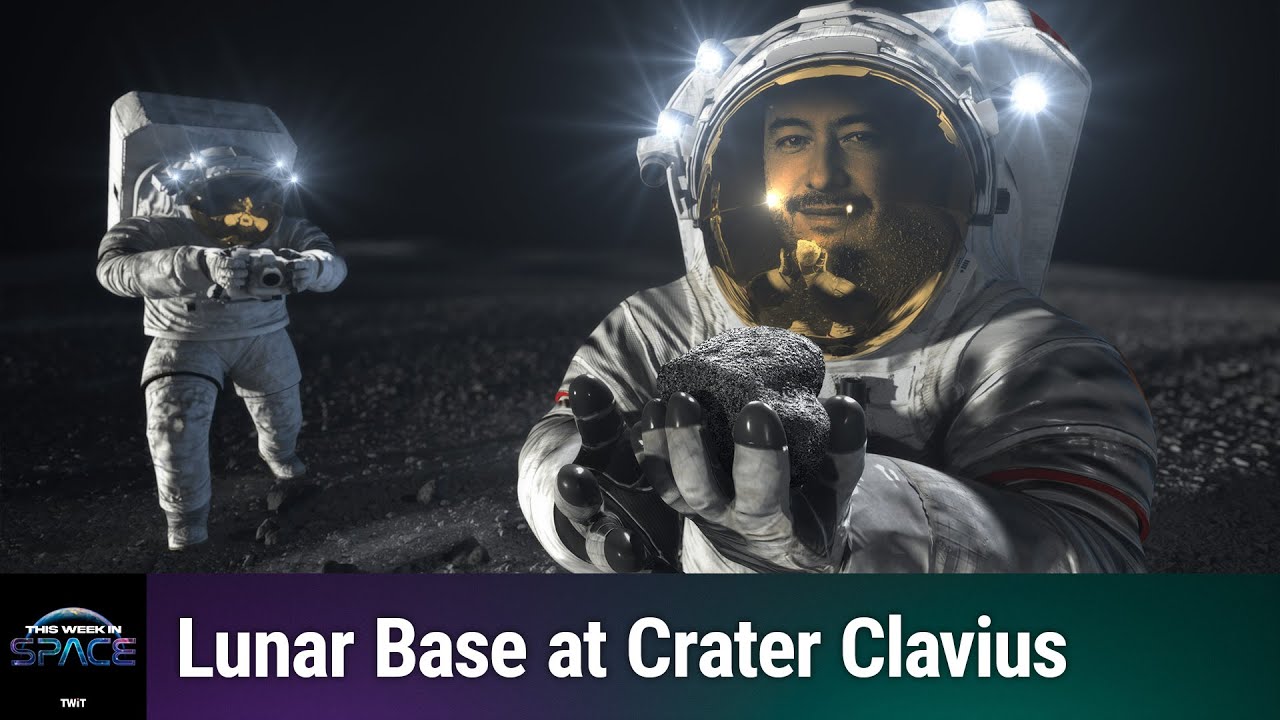The private Resilience lunar lander just got its first up-close look at the moon. Resilience, which was built by Japanese company ispace, aced a flyby of the moon on Friday evening (Feb. 14), coming within a mere 5,220 miles (8,400 kilometers) of Earth’s nearest neighbor. The lander memorialized the milestone with a photo, snapping a nice shot of the battered lunar surface from a distance of 8,972 miles (14,439 km). The close encounter was “a historic first of its type for a Japanese private, commercial lunar lander,” according to ispace.…
Read MoreCategory: Space Stations
Space stations in orbit or planned
2024 Annual Highlights of Results from the International Space Station Science
The 2024 Annual Highlights of Results from the International Space Station is now available. This new edition contains updated bibliometric analyses, a list of all the publications documented in fiscal year 2024, and synopses of the most recent and recognized scientific findings from investigations conducted on the space station. These investigations are sponsored by NASA and all international partners – CSA (Canadian Space Agency), ESA (European Space Agency), JAXA (Japan Aerospace Exploration Agency), and the State Space Corporation Roscosmos (Roscosmos) – for the advancement of science, technology, and education. Dr. Dmitry Oleynikov…
Read MoreStation Science Top News: Feb. 14, 2025
Modeling properties of thunderstorm discharges Researchers report detailed physical properties of different types of corona discharges, including single- and multi-pulse blue discharges linked to powerful but short-lived electrical bursts near the tops of clouds. These details provide a reference for further investigation into the physical mechanisms behind these discharges and their role in the initiation of lightning, an important problem in lightning physics. An ESA (European Space Agency) instrument used to study thunderstorms, Atmosphere-Space Interactions Monitor (ASIM) provides insights into their role in Earth’s atmosphere and climate, including mechanisms behind…
Read More‘Star Trek: Section 31’ got us thinking… Should you have to do your homework before you watch a movie?
Let’s start with a small thought experiment. It’s Saturday night and you spot a new “Star Trek” movie on your Paramount+ homepage. You’re not a hardcore fan but you enjoyed “The Next Generation“, “The Wrath of Khan” and the JJ Abrams reboot. You’re also drawn in by the fact this interstellar version of “Mission: Impossible” is headlined by Michelle Yeoh, who starred alongside James Bond in “Tomorrow Never Dies”, recently appeared in “Wicked”, and won herself an Oscar for “Everything Everywhere All at Once”. That’s got to be worth a…
Read More‘City-killer’ asteroid 2024 YR4 could hit the moon instead of us, scientists say
An asteroid that’s big enough to wipe out a city has a 1-in-43 chance of hitting our planet in the year 2032. But according to new calculations, there’s an even smaller chance that it might crash into the moon instead. On Feb. 7, NASA scientists increased the likelihood of asteroid 2024 YR4 colliding with Earth on Dec. 22, 2032, nearly doubling the odds from 1.2% to 2.3%. The potentially hazardous asteroid measures an estimated 180 feet (55 meters) across — about as wide as Walt Disney World’s Cinderella Castle is…
Read MoreContinent-size blobs in Earth’s mantle are a billion years old, ancient crystals reveal
Continent-size islands deep inside Earth’s mantle could be more than a billion years old, a new study finds. Known as large low-seismic-velocity provinces (LLSVPs), these blobs are both hotter and older than nearby areas of the mantle. The findings, published Jan. 22 in the journal Nature, shed light on Earth’s deep interior and could help explain how the mantle moves over time. Scientists have known about these LLSVPs for a few decades. The two giant blobs — one beneath the Pacific Ocean and one beneath Africa — lie at the…
Read More‘Sailing’ satellites of the future could provide early warning of dangerous space weather
NEW ORLEANS — Solar sails that allow satellites to glide on the light from the sun could soon become a reality. The technology would allow scientists to provide earlier warnings of space weather events such as geomagnetic storms, which have the potential to disrupt technological systems on Earth. “A lot of us have experienced sailing; it’s exactly like that,” Irfan Azeem, division chief of the Research to Operations and Project Planning Division at National Oceanic and Atmospheric Administration’s (NOAA) Office of Space Weather Observations, told Space.com in an interview here…
Read MoreThe best sci-fi TV shows of the 1950s
Early television in the 1950s was a freewheeling frontier of both live and taped offerings mostly dominated by comedies, game shows, kids programs, and westerns like “I Love Lucy,” “The $64,000 Question,” “Leave it To Beaver,” “The Mickey Mouse Club,” “The Honeymooners,” and “Gunsmoke.” But while post-war America’s interest in outer space and science fiction blossomed as the decade ran its course seeing the Soviet Union launch Sputnik, the world’s first satellite, in 1957 and igniting the Space Race, a wealth of science fiction offerings had already sprouted up on…
Read MoreThis Week In Space podcast: Episode 148 — Clavius Base
Clavius Base – Why Clavius Crater Is the Best Spot for Nasa’s Moon Base With Dr. Pascal Lee – YouTube Watch On On Episode 148 of This Week In Space, Rod Pyle and Tariq Malik speak with Dr. Pascal Lee about why Clavius may be the ideal place to build our first lunar base. The very mention of Clavius, a vast lunar crater, brings to mind spectacular images from “2001: A Space Odyssey”— landing spacecraft, alien monoliths, and more. Notably, though, Clavius is not on NASA’s dance card as a…
Read MoreThe force is strong with this JEDI
Step aside, Darth Vader. National Aeronautics and Space Administration (NASA)’s Joint Extreme ultraviolet lithography (EUV) coronal Diagnostic Investigation, also known as JEDI, has an even bigger task to balance the force in space, giving researchers a brand-new view of the sun’s atmosphere. The instrument will be a state-of-the-art multi-thermal EUV imager that will include two telescopes, specific to studying the solar wind and extreme space weather events. It is planned to take flight on the European Space Agency (ESA)’s Vigil space weather mission in 2031, and will allow scientists to…
Read More
